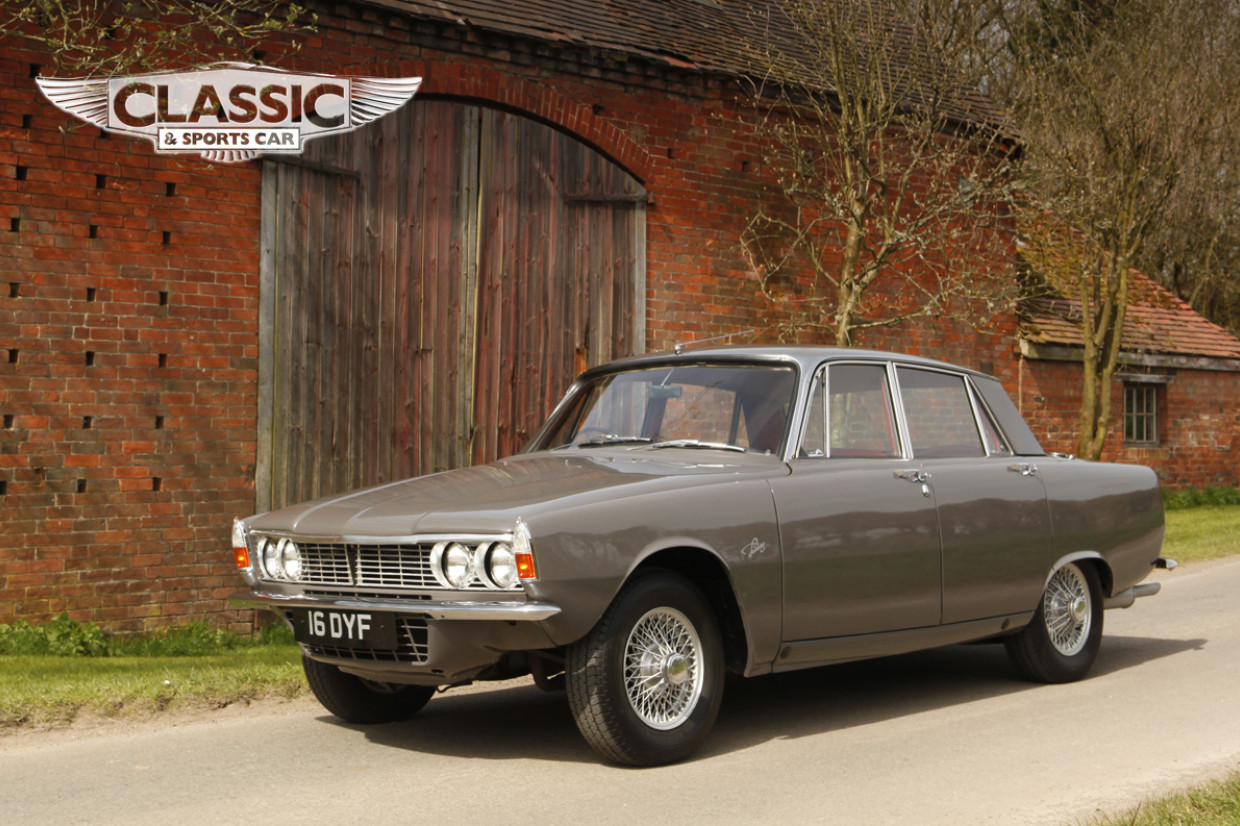
It's unique, and cost a fortune to restore. Jon Pressnell tells the story of the uncompromising rebuild of a precious Rover P6 prototype.
Ian Trapp is being mischievous. He’s just been asked by a passer-by what is the make of the quietly elegant grey saloon we are photographing. “It’s a Talago,” he says. The chap looks puzzled. “It’s a prototype – you won’t see another one,” adds Trapp with a smile. “Oh,” says our man. “It looks like one of those old Rovers...”
The bloke was on the money. The car was indeed registered (and badged) as a Talago – as were most of the 16 prototype 2000s built by Rover from 1959 to ’62. It was a ruse to disguise the identity of the radical new P6 being designed by the dynamic younger engineers who’d come to the fore at the conservative Solihull firm.
Why ‘Talago’? Apart from the fact that it has a nice ring to it, it is an extrapolation of the initials – TLG – of project engineer Ted Gawronski. Ex-Ford man Gawronski is remembered as a somewhat excitable Eastern European, nicknamed ‘The Hungarian Fruit Bat’ because, it was joked, he was likely to be found hanging upside-down, chattering incessantly.

This Talago is the 16th and final car, and the sole P6 prototype known to have survived – other than the 10th car, which was built up as the front-drive T4 gas-turbine. It survives because it passed into the part-ownership of Rover NVH engineer Richard Fishwick in ’64, for the sum of £50, and continued to be used as a development hack until 1970, latterly with a V8 as a test-bed for Brico fuel injection.








